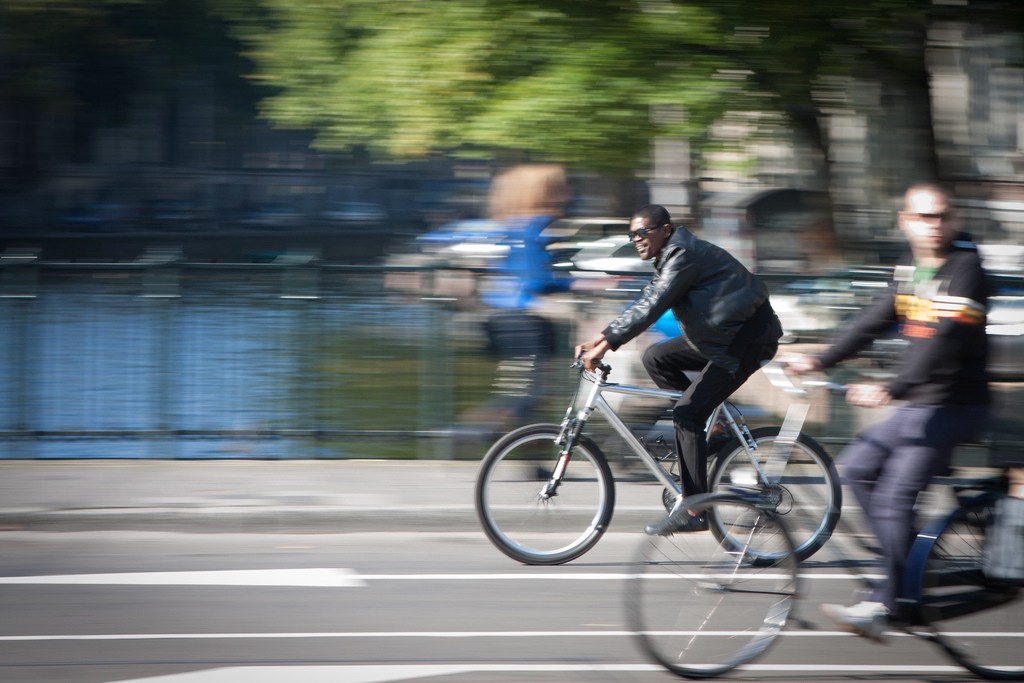Uncovering the impact of transportation technology on the modern world
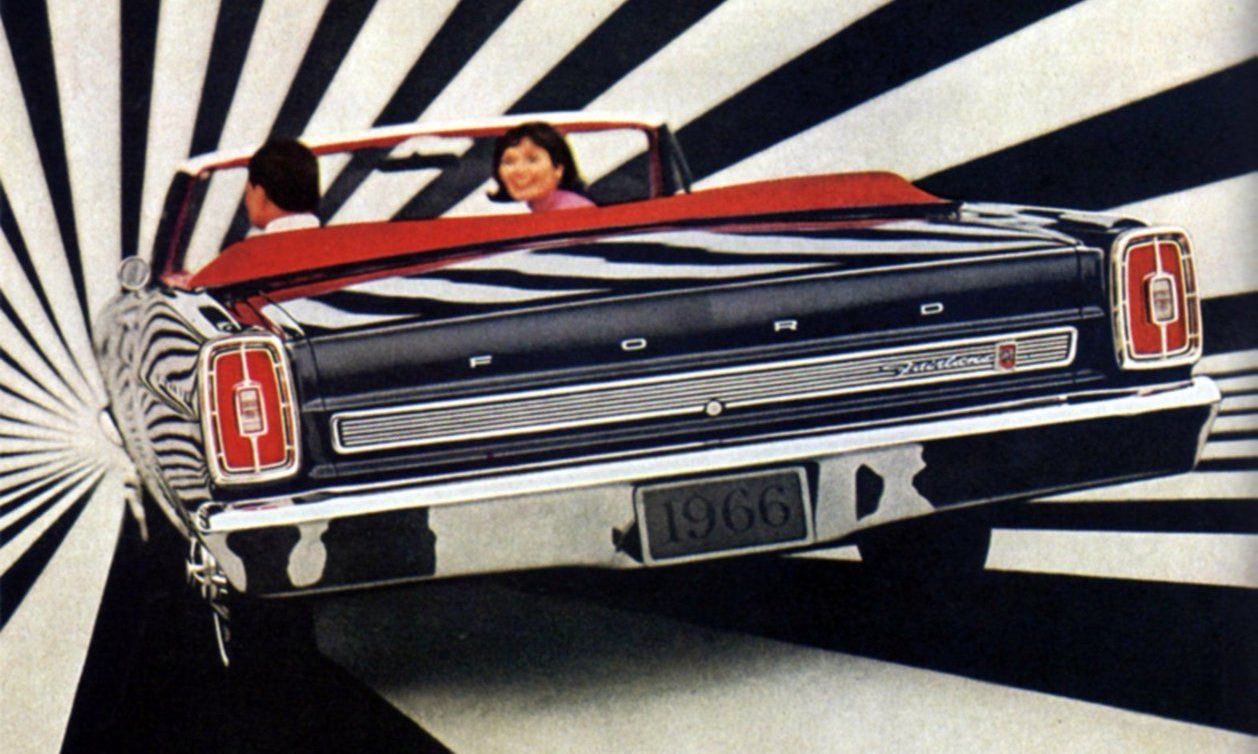
Millennials Are Right to Kill the American Car
If previous generations were given this many choices–and were faced with a driverless-car future in the coming decades–would cars, that romantic idea of hitting the open road in a sleek ride, play such an outsized role in the past 75 years of American culture?
Solving the Global Address Problem
Four billion people around the globe who don’t have a way to refer to their home–but Google’s Plus Codes are a reinvention of the geocoding wheel that no one needs.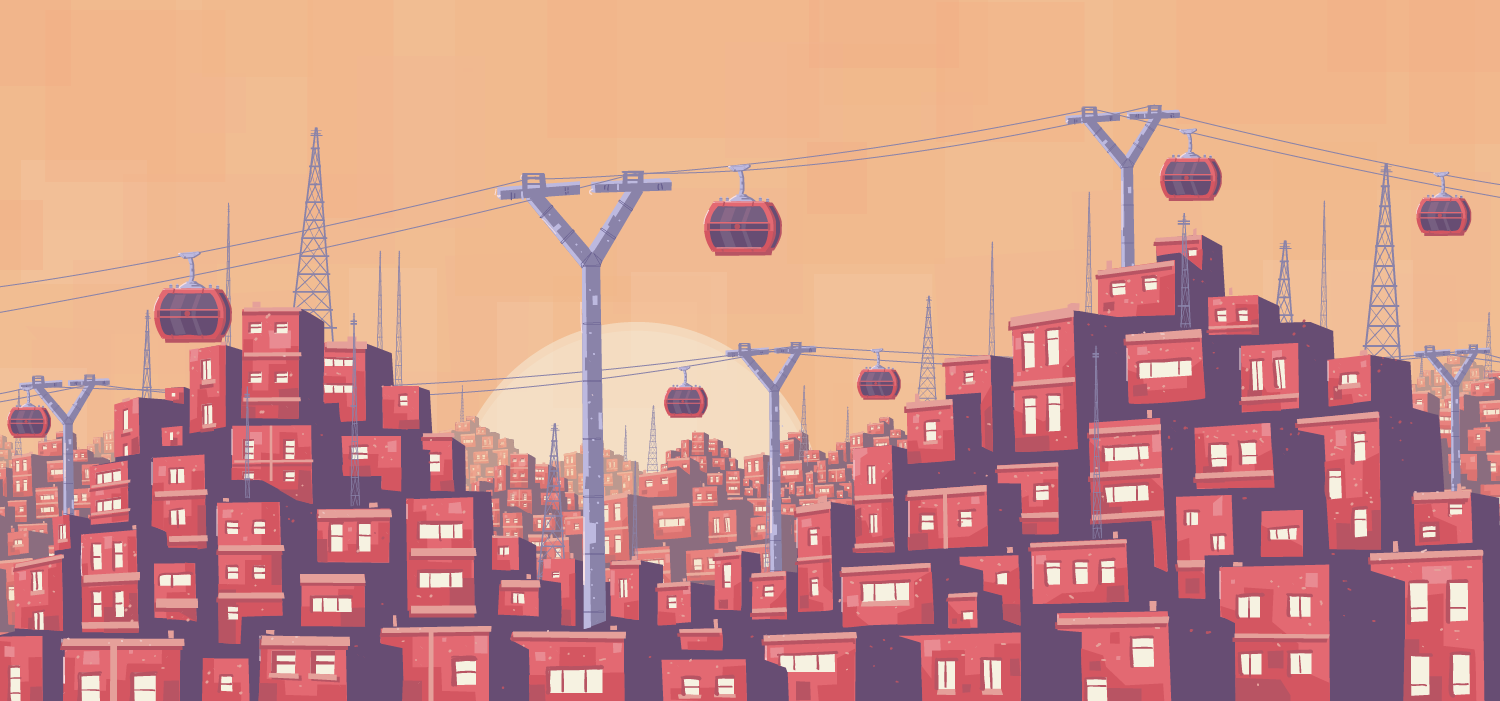
Cable Cars Are Changing the World
Once seen as only good for industry or tourists, the cable car is now emerging as a crucial form of public transit.
Solar Trains Could Help Us Rethink Energy
Harnessing the sun could be the perfect way to convert existing train networks to clean power.
To Board a Cruise Ship–and Never Get Off
Meet the retirees who never stop moving.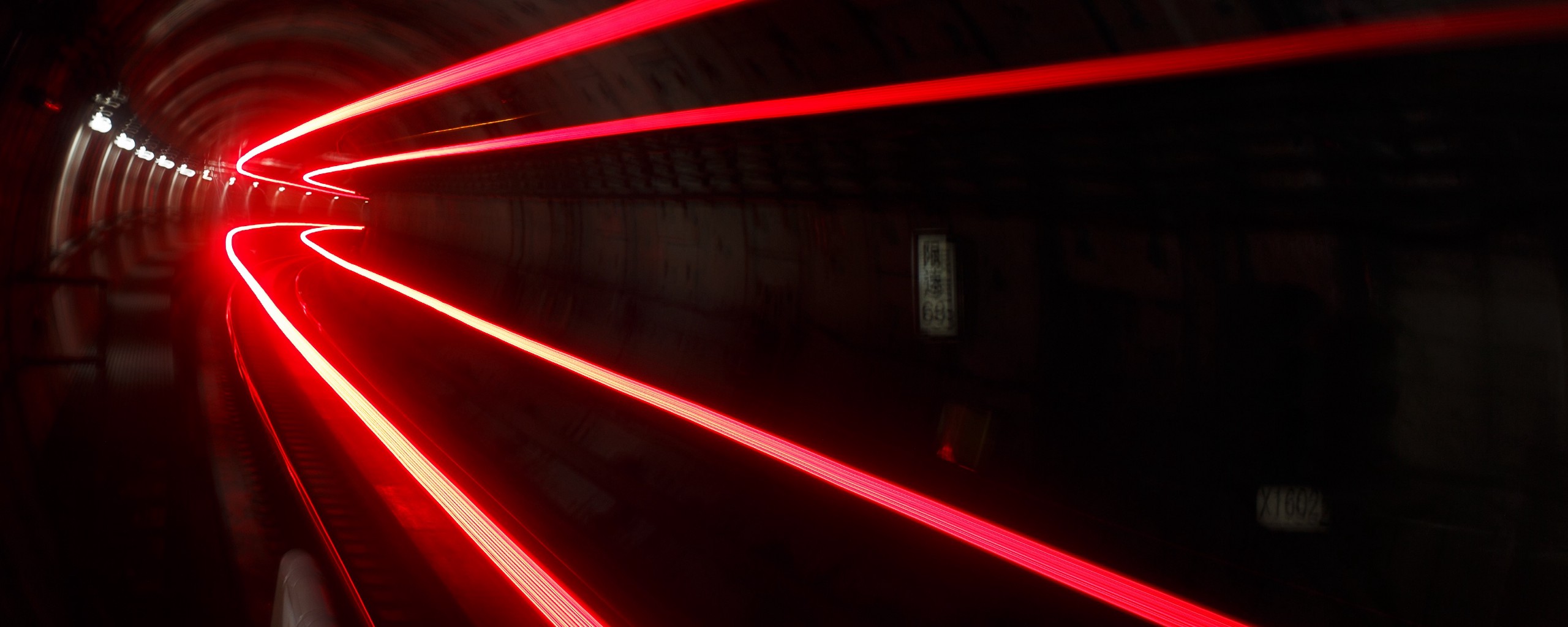
Trainstopping: Safe Transit in Natural Disasters
When earthquakes and tsunamis hit, transit has to be ready to cope.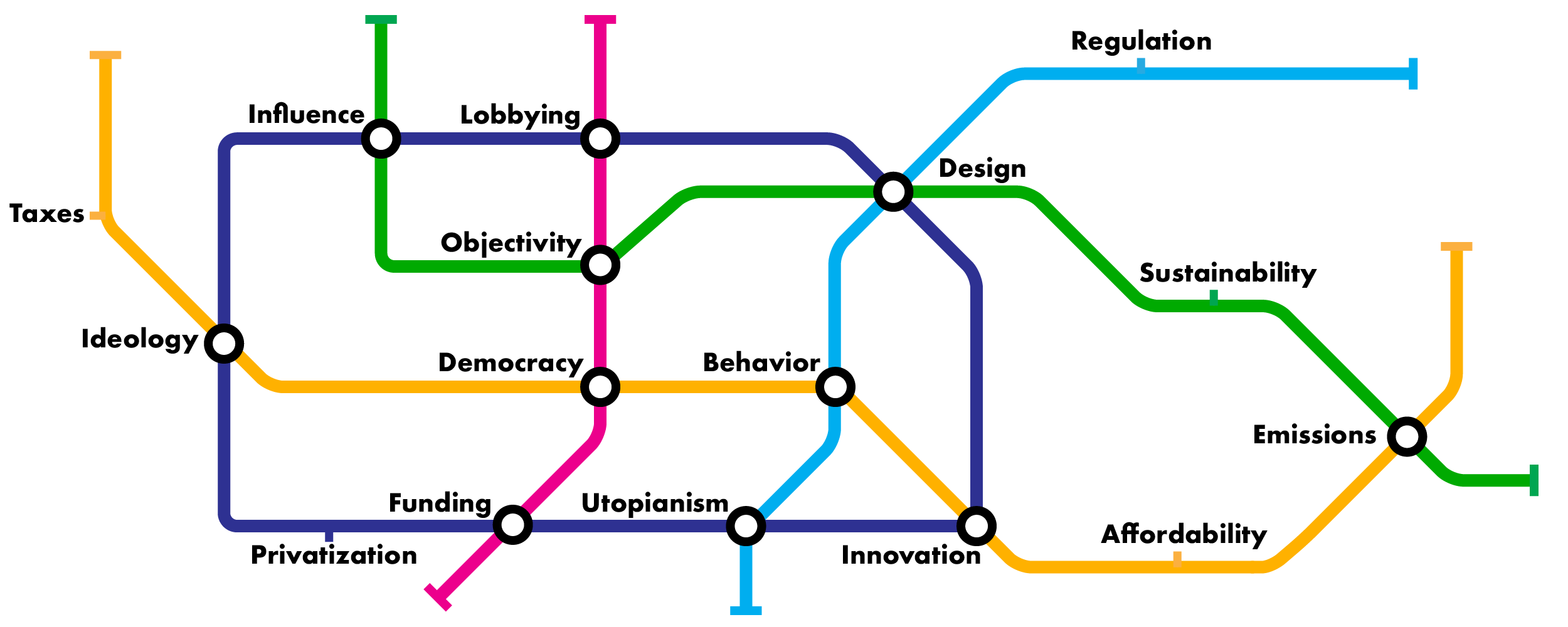
Transport Isn’t Technology, It’s Politics
Policy and politics are what really determine the infrastructure and the technology on and by which we travel.
A Pilgrim’s Progress Bar
For Muslims currently living in the U.S., the idea of undertaking a pilgrimage to Mecca has become a freshly perilous one. In recent years, an affordable and accessible solution has surfaced–the virtual pilgrimage.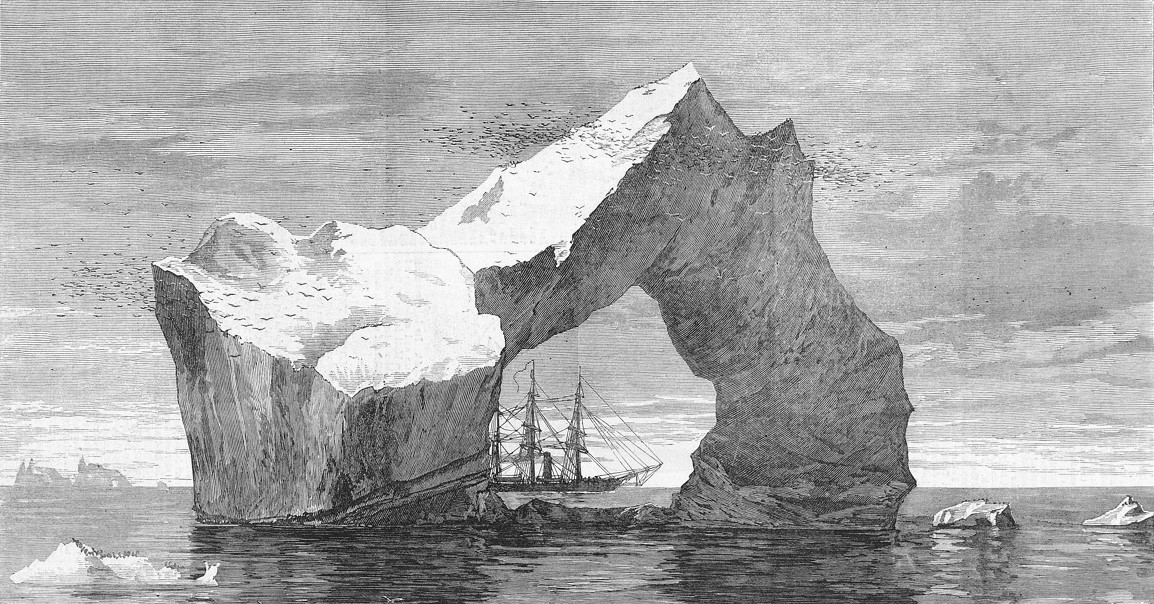
The Opening of the Northwest Passage
As communities in the far north cope with the coming changes, one thing is for certain: The environment that they have known for hundreds of years is beginning to alter, in many ways irrevocably.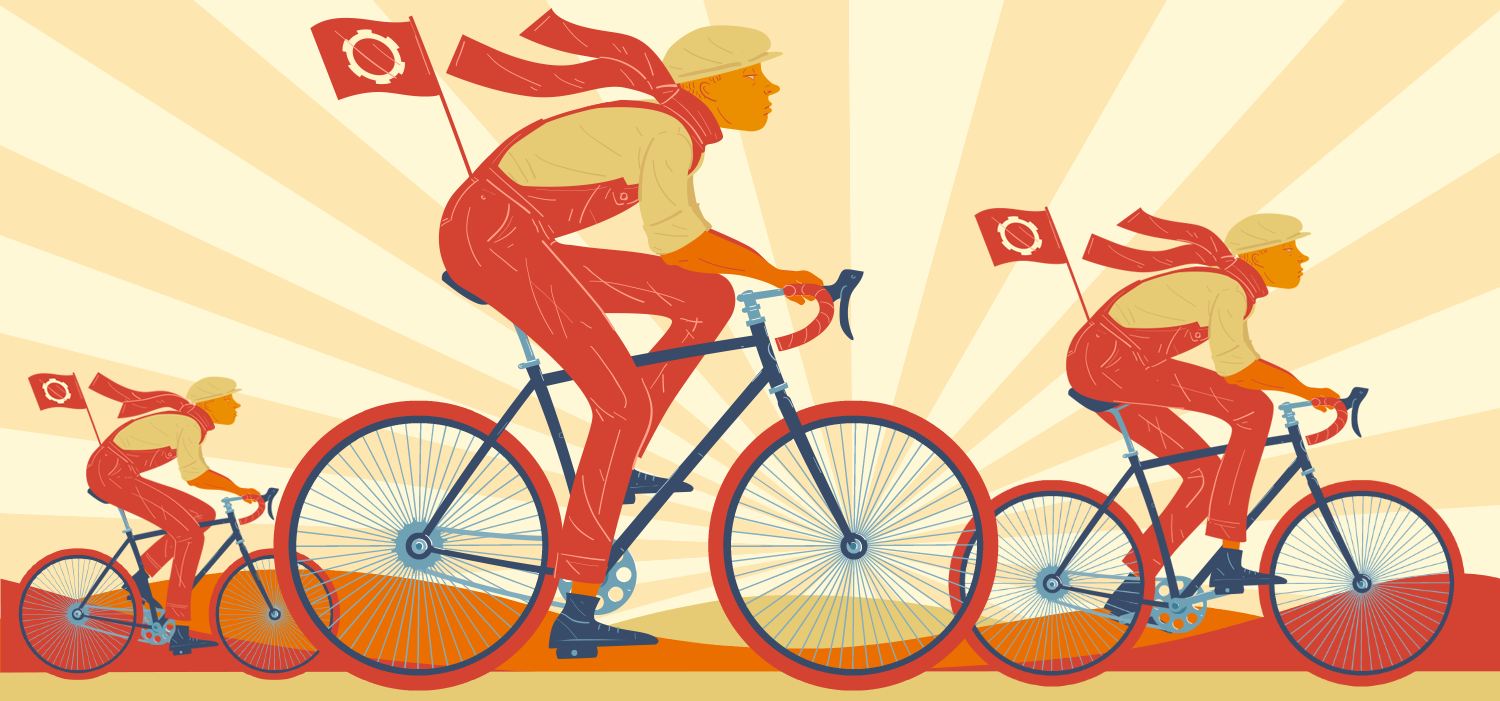
The Most Subversive Way to Travel
Perhaps the humble bicycle, a transportation mode that puts people in contact with one another and gives them back that control they seem to crave, offers a unique opportunity to remake those realities for the better.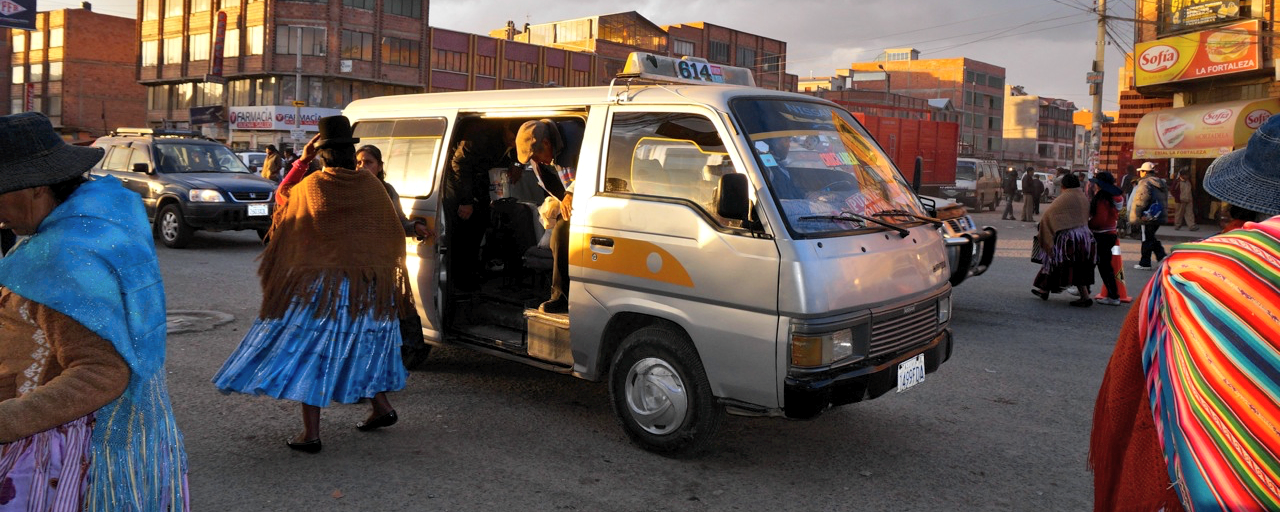
How to Make Public Transportation Safer for Women
There’s no magic checklist for reducing gendered transit fear, but there are commonalities in the best solutions.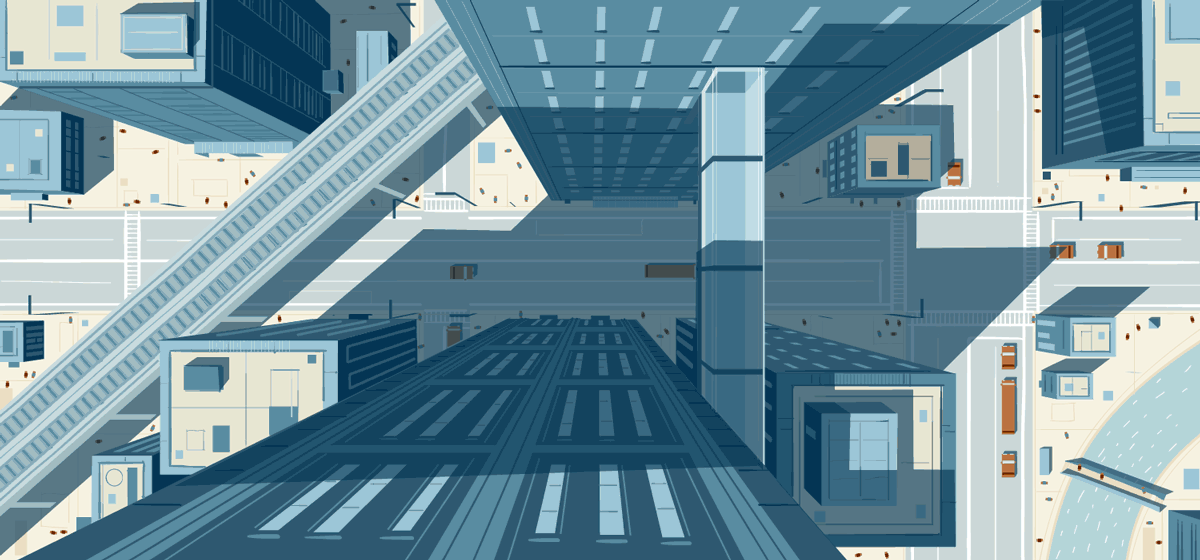
Going Places: A Reading List
A crash course in the impact of transportation technology on the modern world.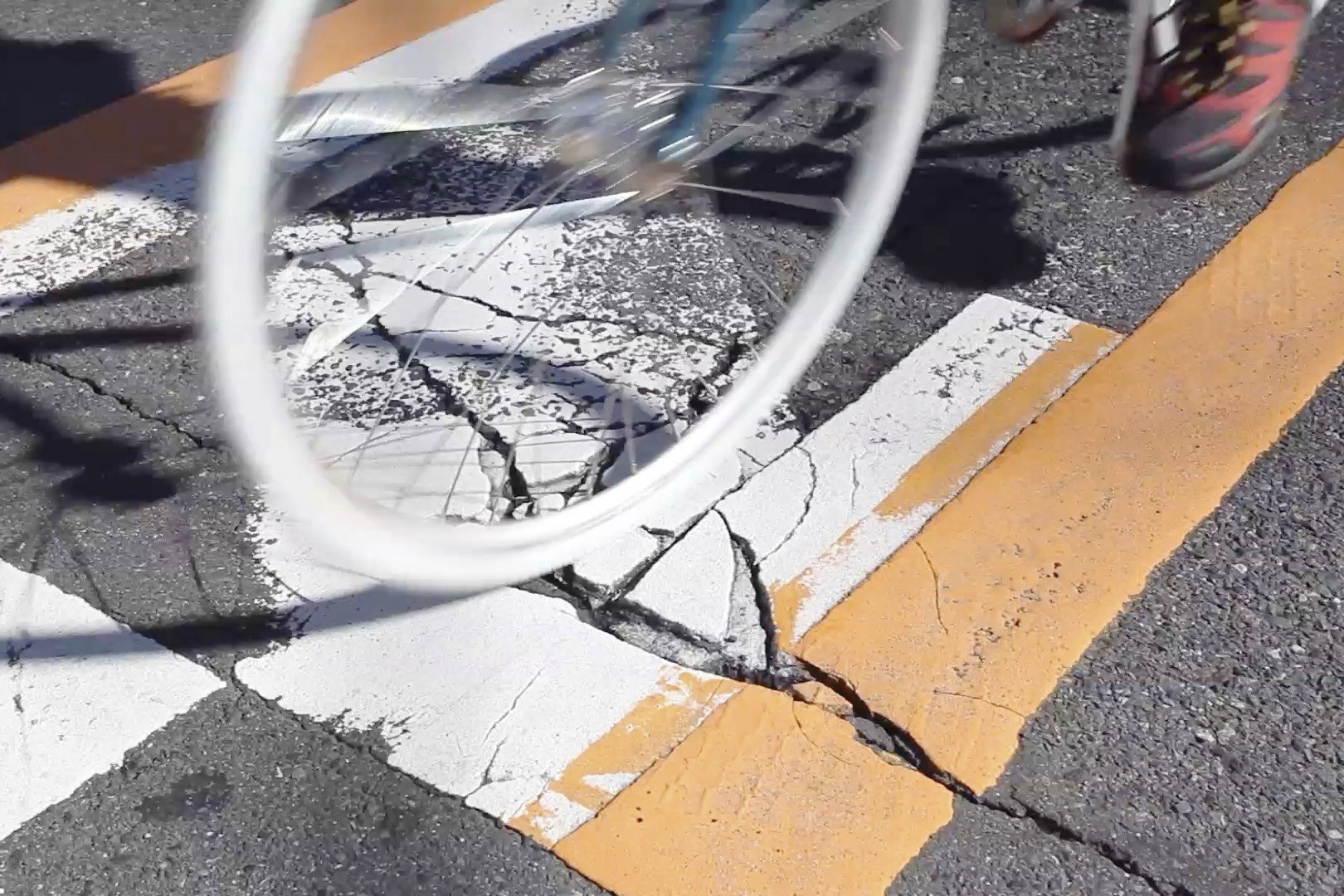
Rainbow Roads: A Cycling App That Spray Paints Bumps and Potholes
This bike automates complaining about to your city about the state of the roads.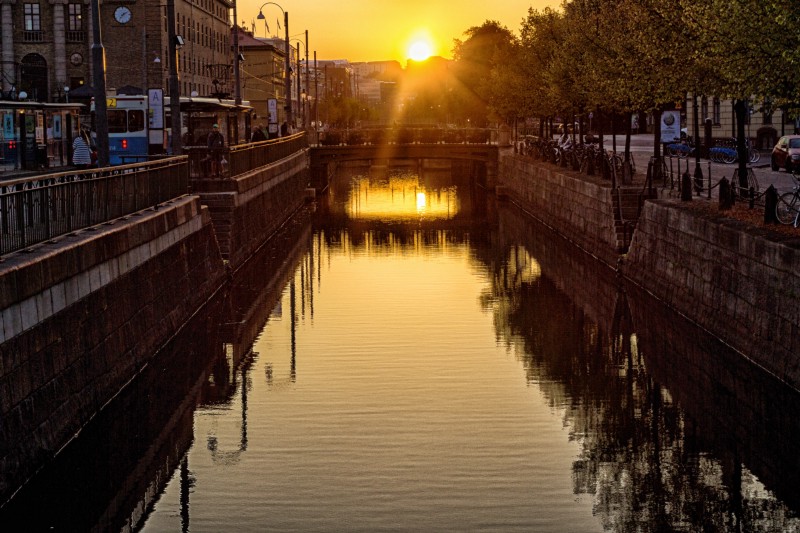
The World’s Grandest Canals
Getting from A to B by water.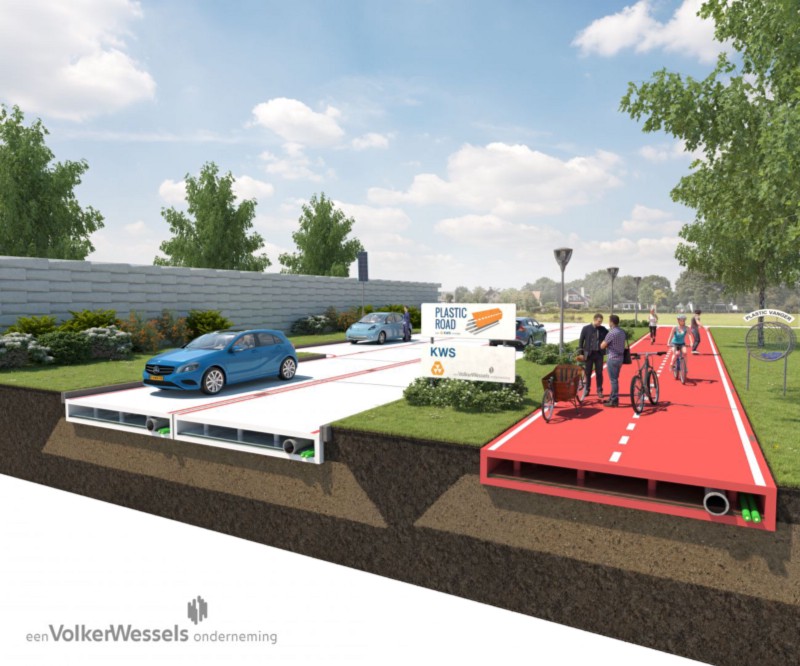
The Global Race Is on to Replace Roads with More Sustainable Materials
When you think of sustainability, you probably don’t think of roads–in fact, probably the opposite. Images of highways cutting through the countryside and congested streets are often used to highlight the unsustainable nature of modern industrialization. The numbers tend to back up the images. The asphalt used in roads is responsible for 1.6 million tons […]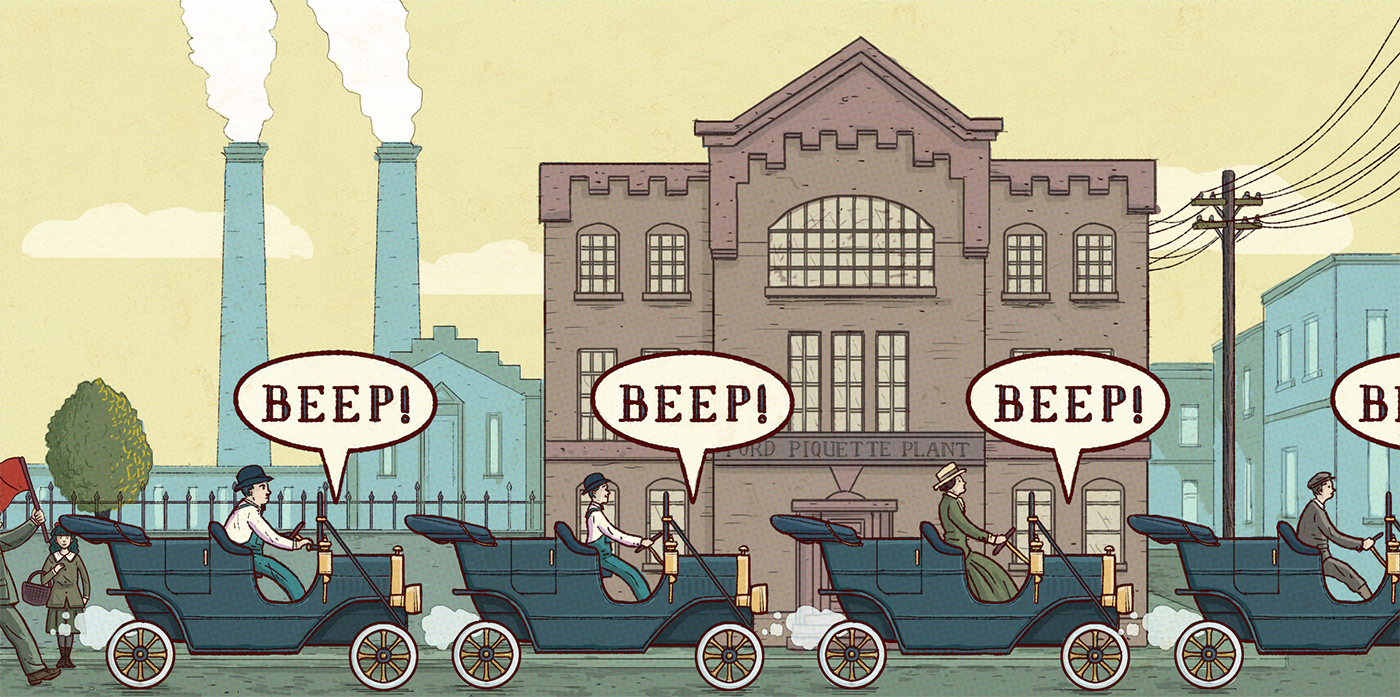
How We Got To: The Electric Car
Many of the earliest cars were electric, but it’s taken more than century for the technology to mature.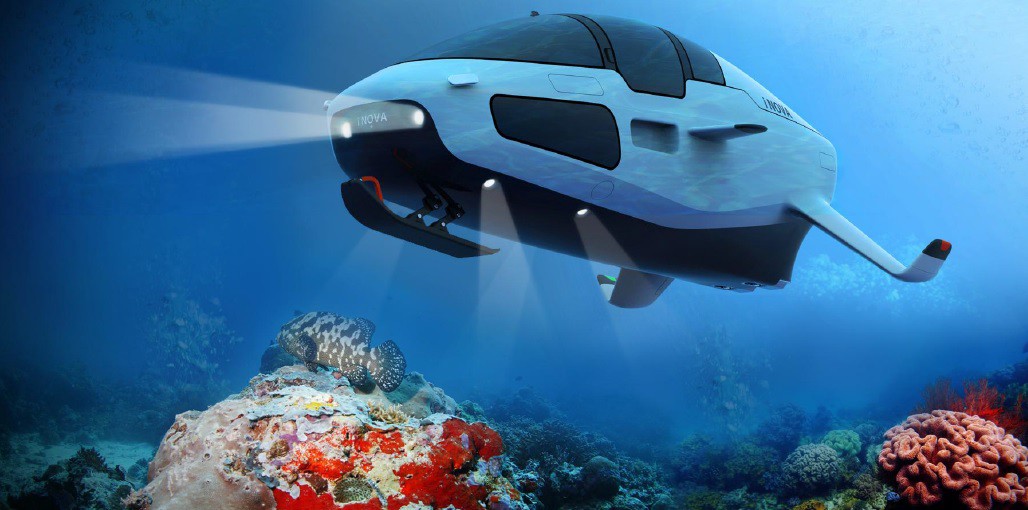
A Submarine With Gills
Artificial gills mean this submersible might let humans breathe underwater anywhere that fish can.
5 Women We Can Thank for Amazing Bridges
Some of the world’s most famous bridges were designed and engineered by women.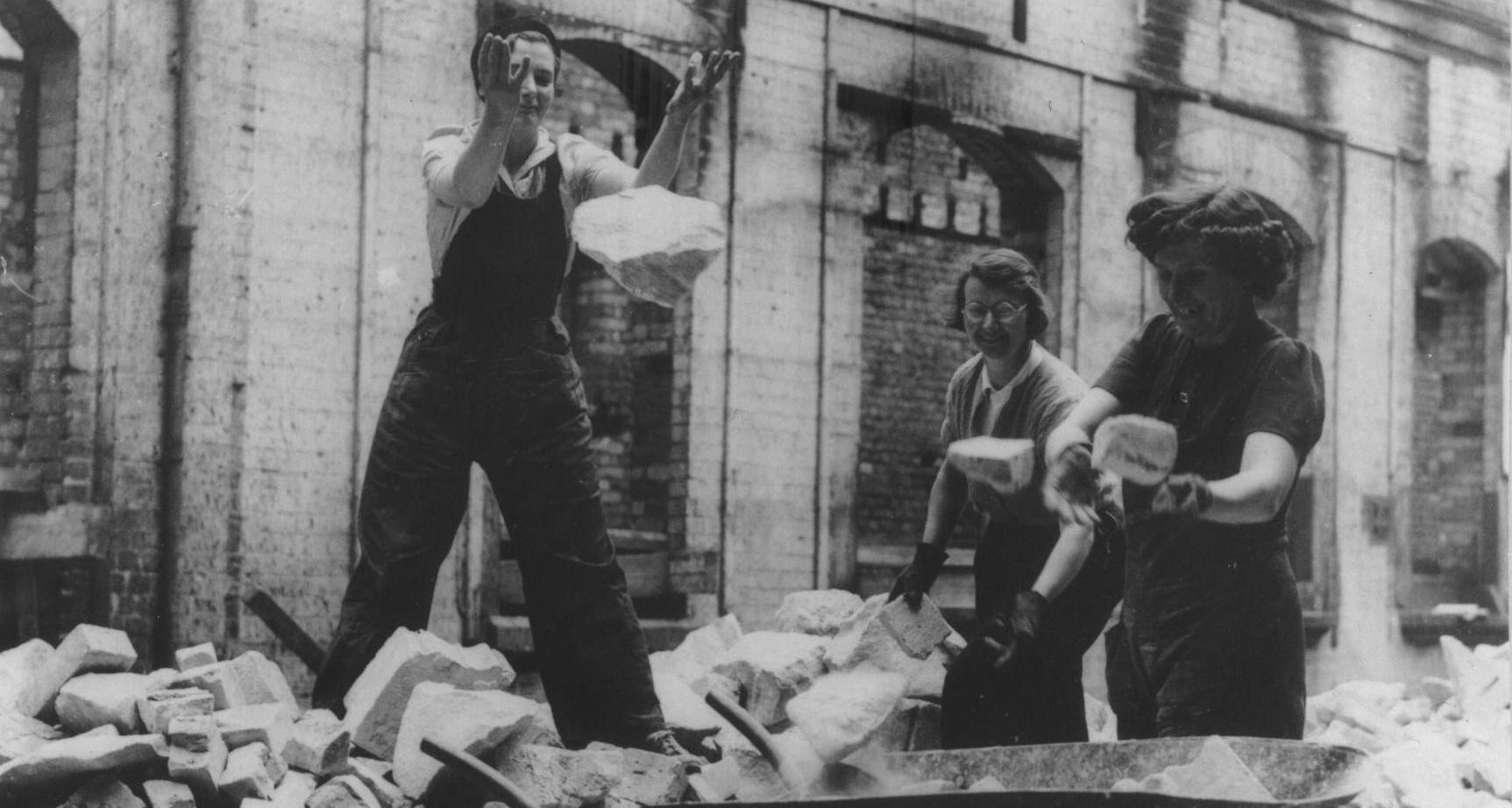
The Forgotten Women Who Built One of London’s Most Iconic Bridges
A short film explores their untold stories.